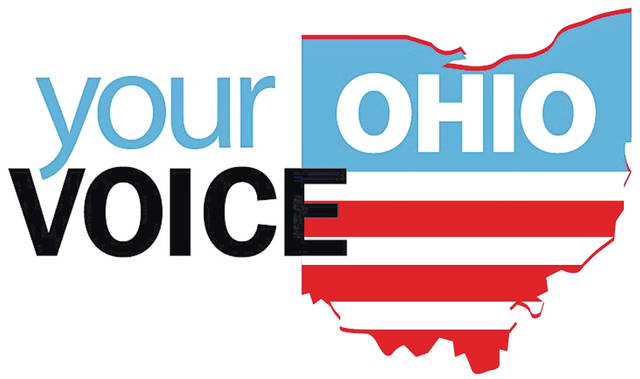
Going through the work of researching local ballot issues would feel better if voters know their ballots are secure, especially with all the buzz this year about election fraud and partisan “poll watchers.”
Sherry Poland, director of the Hamilton County Board of Elections in Cincinnati, said don’t worry. Professional elections officials, poll workers and representatives from both major political parties have voters’ backs.
At Election Day polls or early-voting centers, ballots drop into a secure ballot box after voters fill out and scan them. At the end of the day, poll workers from both Democratic and Republican parties remove the ballots from the boxes and place them in sealed ballot bags.
The ballot bags are transferred to the county board of elections and taken to an area or vault with two locks – one for Republicans, the other for Democrats. To gain access to the area or vault, where the ballots are stored, at least one Republican and one Democrat must be present.
The ballot scanners are returned to the elections board after the polls close on Election Day. It’s only on Election Day that votes in the scanners are tabulated in the election board’s counting room.
Absentee ballots arriving to the elections board by mail are inspected by board workers. First they remove the inner envelope containing the ballot from the outer envelope. Workers compare the information on the ballot envelope with the voter’s elections board file.
If the information checks out, workers remove the ballot from the inner envelope and scan the ballot. The ballot is transferred to the secure area or vault, where once again a Democrat and Republican must be present. Again, absentee ballots, although scanned, aren’t counted until Election Day.
As for “poll watchers,” they’ve existed for years, although Poland called them “observers.” Political parties or groups of five or more candidates may appoint polling-place observers if they file notice beforehand with the elections board. They are given a certificate or badge they must present to poll officials on Election Day.
Poll observers cannot interfere with the voting process or watch voters mark their ballots.
Mike West, spokesman for the Cuyahoga County Board of Elections in Cleveland, said both Democratic and Republicans send observers to the polls. Self-appointed observers are not allowed on the premises.
“If someone appears claiming to be an observer but was not appointed by an appropriate appointing authority, they are not permitted in the polling place,” Poland said.
Another concern is that, because of the larger-than-usual number of absentee ballots and potentially slower mail service this year, it might take weeks or months to count all the votes.
West acknowledged that some absentee ballots might arrive after Election Day. Under Ohio law, absentee ballots received no more than 10 days after Election Day are accepted by elections boards, as long as they are postmarked by Nov. 2.
Further, although elections boards release unofficial counts on Election Day or the day after, the official count can’t begin until 11 days after the election, after the final absentee ballots come in.
However, Ohio law also sets a deadline for tabulating ballots. The official count must be completed within 21 days of the election.
“That doesn’t mean something nefarious is happening,” Ohio Secretary of State Frank LaRose said during an Aug. 12 press conference. “That’s the very manifestation of our commitment that every vote matters.”


